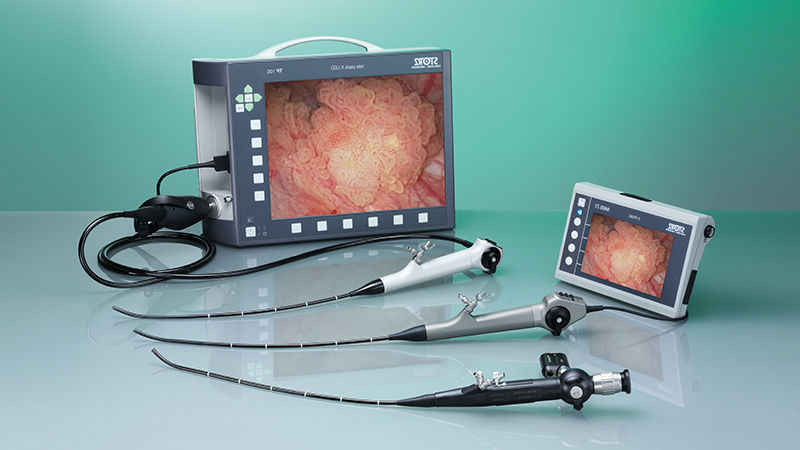
Cystoscopy by Urologists at Kuwait Medical International KMI
What is cystoscopy?
Cystoscopy is a diagnostic procedure that allows the doctor to directly examine the urinary tract, particularly the bladder, the urethra, and the ureter’s orifices. Cystoscopy can assist in identifying problems of the urinary tract, such as early signs of cancer, infection, strictures (narrowing), obstruction, and bleeding.
A long, flexible or rigid, lighted tube, called a cystoscope, is inserted into the urethra and advanced into the bladder. In addition to allowing visualization of the internal urethra and bladder, the cystoscope enables the doctor to irrigate, suction, and access these structures with surgical instruments. The urologist can also instill substances into the bladder using the cystoscope. During a cystoscopy, the doctor may remove tissue for further examination (biopsy).
Internally, a healthy urinary tract appears pink and smooth, with a moist mucosal lining. Some medical conditions may change the appearance of the lower urinary tract or cause bleeding. Other conditions may cause narrowing of the urethra, making it difficult for urine to empty from the bladder. Additionally, some diseases of the bladder may cause changes in its size, shape, position, and stability. It may be used to perform therapeutic procedures if necessary, such as removal of stones.
What are the reasons of cystosocpy?
A cystoscopy may be recommended in some medical conditions involving the urinary tract including:
- Lesion or tumor of the bladder or prostate gland.
- Urethral stricture.
- Bladder stones.
- Benign prostatic hypertrophy (BPH or malignancy)
- Frequent urinary tract infections (UTIs)
- Blood in the urine
- Urinary incontinence.
- Painful urination
- Congenital abnormalities of the urinary tract.
- Traumatic injury of the urinary tract
- Urethral inflammation.
Apart from the above mentioned reasons, there might be other additional reasons for your doctor to recommend a cystoscopy.
— Dr. Ali Mehdi Zadeh, Consultant Urologist and Head of Kuwaiti German Urology Unit, CEO & Partner at Kuwait Medical International Company.
د. علي مهدي زادة
الوحدة الكويتية الالمانية لجراحة الكلى و المسالك البولية و التناسلية
عيادة الدكتور على مهدي زاده
الكويت

